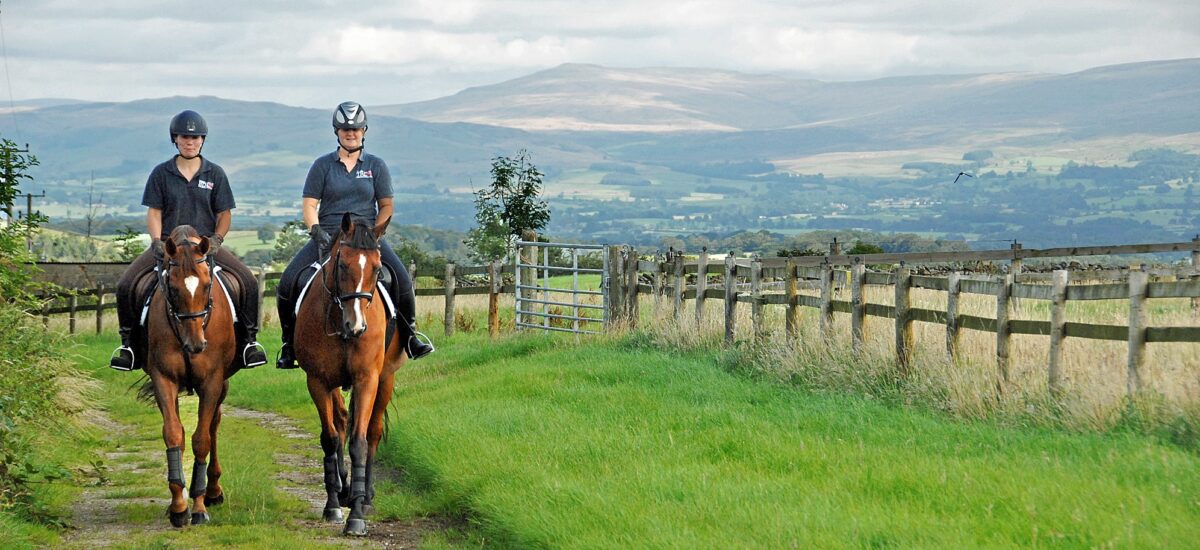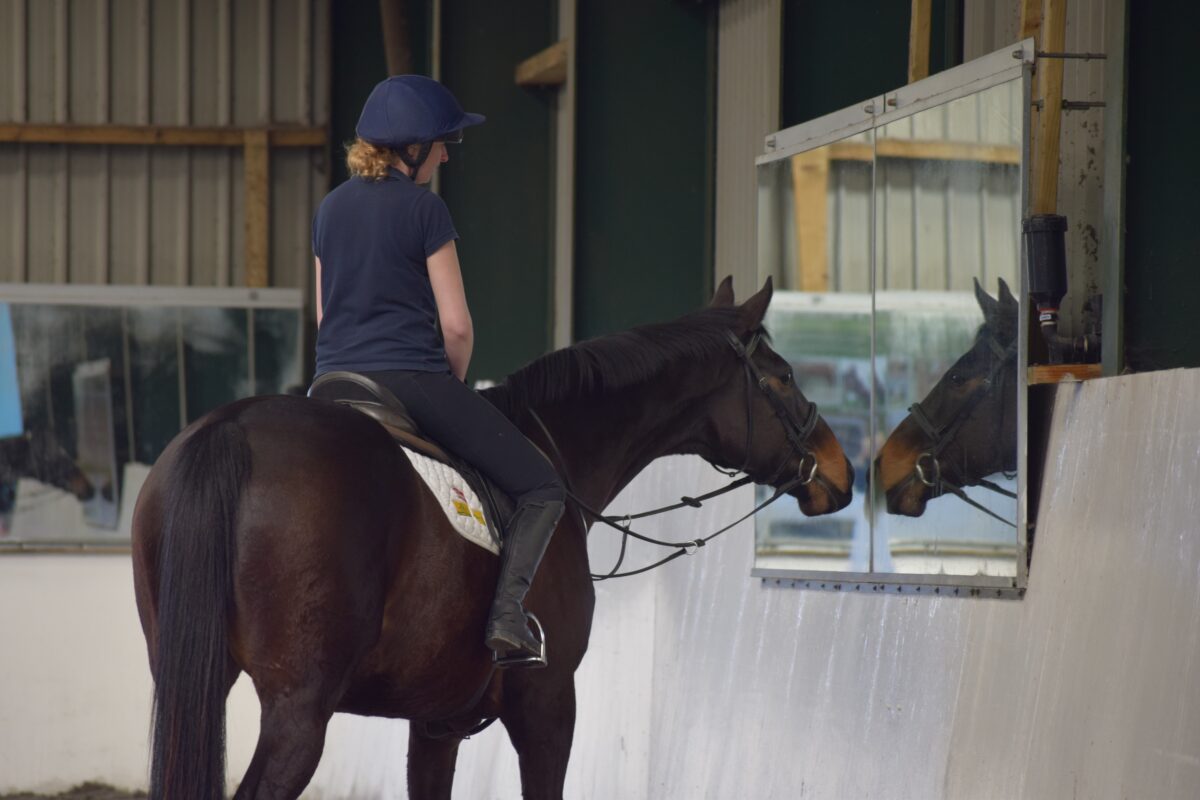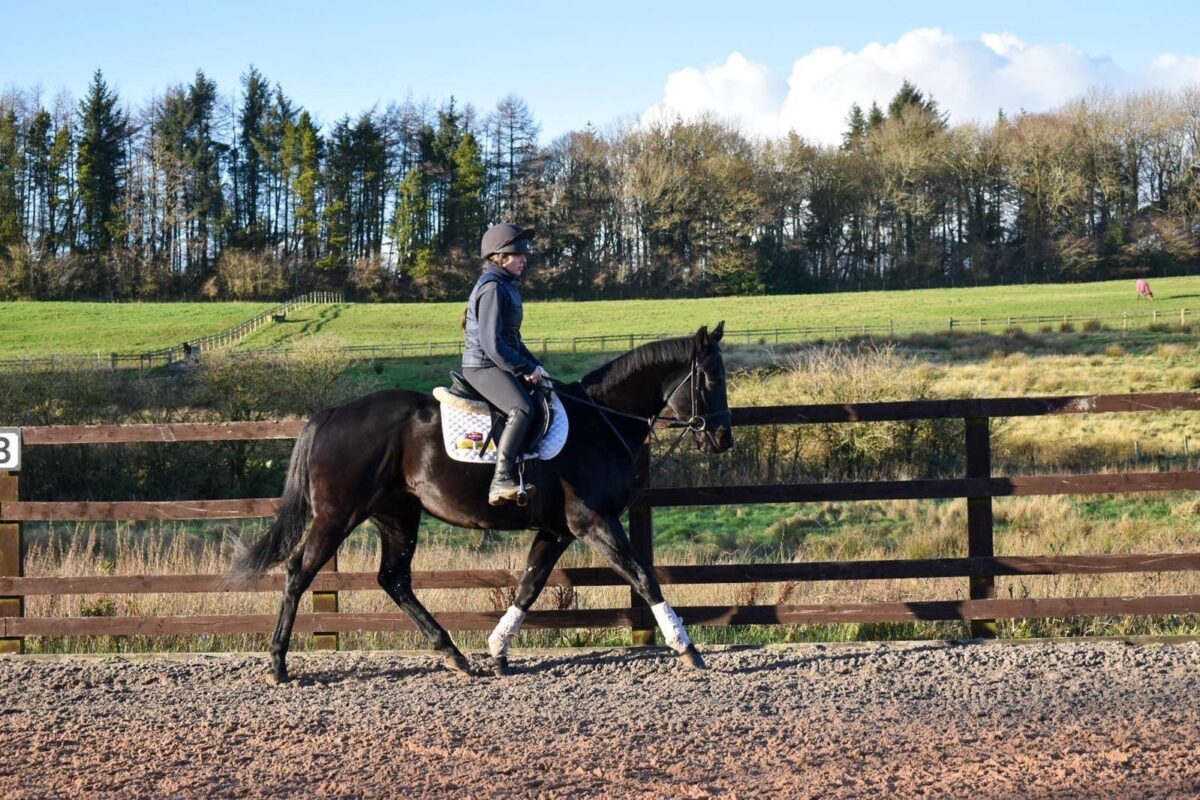
The British Thoroughbred Retraining Centre (BTRC) is a leader in providing a structured, systematic retraining programme for retired racehorses. Following horses being gifted to BTRC at the end of their racing careers, or from a post training/equestrian home all new horses are clinically assessed by the vet and Senior Team. Retraining will then commence following the completion of any necessary rehabilitation. The majority of horses accepted into the programme go on to have valuable second careers, giving joy to hundreds of riders young and old.
Information on Rehabilitation and Retraining of Retired Racehorses
Once a horse is accepted onto the retraining and rehoming programme the horse is transferred immediately to BTRC. On arriving the horse is then re-examined by a vet to ensure that it is suitable to enter the retraining unit (RTU). If successful, the horse is ready to begin a new chapter in its life. If necessary, an individual rehabilitation plan is followed before retraining commences. From then on, horses can start their training towards a successful second career.
The RTU programme consists broadly of three stages identified below. The exact time varies for each horse depending on its strength, age, amount of time on the track, attitude and general temperament, pre-existing injuries and most importantly whether it has come straight from racing or already has an equestrian background.
Stage 1 – Adjustment
Horses will quietly start to adjust to the new surroundings. They slowly begin the transitional process both physically and psychologically in relation to workload, feed, routine, stable management and riding requirement. At the end of this stage, we hope to have achieved a solid foundation to build upon. The horses should have undergone a behavioural change with regards to daily routine. Their feed should be adjusted for general riding rather than racing, and they should be quiet and relaxed while being lunged or ridden. At the end of this stage, the horses should have settled in and work well in their walk, trot and canter and able go over poles on the ground.

Stage 2 – Development
During this stage, we expect a little more from each horse and try to establish an awareness of pace, outline, rhythm and balance with the guidance of the rider. The horses should feel completely relaxed and be able to trot over poles on the ground as well as small fences.

Stage 3 – Further Training
At this point we hope to increase the horse’s knowledge and confidence, strengthen parts of the body relevant to the tasks asked of the horse and focus on conditioning the horse towards advanced work such as lateral gaits and jumping. Not every horse is capable of the further stages of retraining and those horses happy with a basic level of retraining go on to pleasure and hacking homes.
The development is monitored regularly in assessments, whereupon the natural talents and specific requirements of each horse are highlighted; these will determine where the horse can be re-homed after being retrained successfully.
Some of our horses enjoying life after retraining with their amazing loaners. For more information on loaning a BTRC horse please click here.






How does BTRC help?
The BTRC aims to provide Aftercare services and support in four ways:
- 24/7 Thoroughbred Helpline
- Vulnerable Horse Programme – including Rehabilitation and Retraining (you are here).
- Education
- Community Engagement
For more information on Aftercare such as who is responsible and how Aftercare in the UK is funded please go to our BTA FAQ’s.
You must be logged in to post a comment.